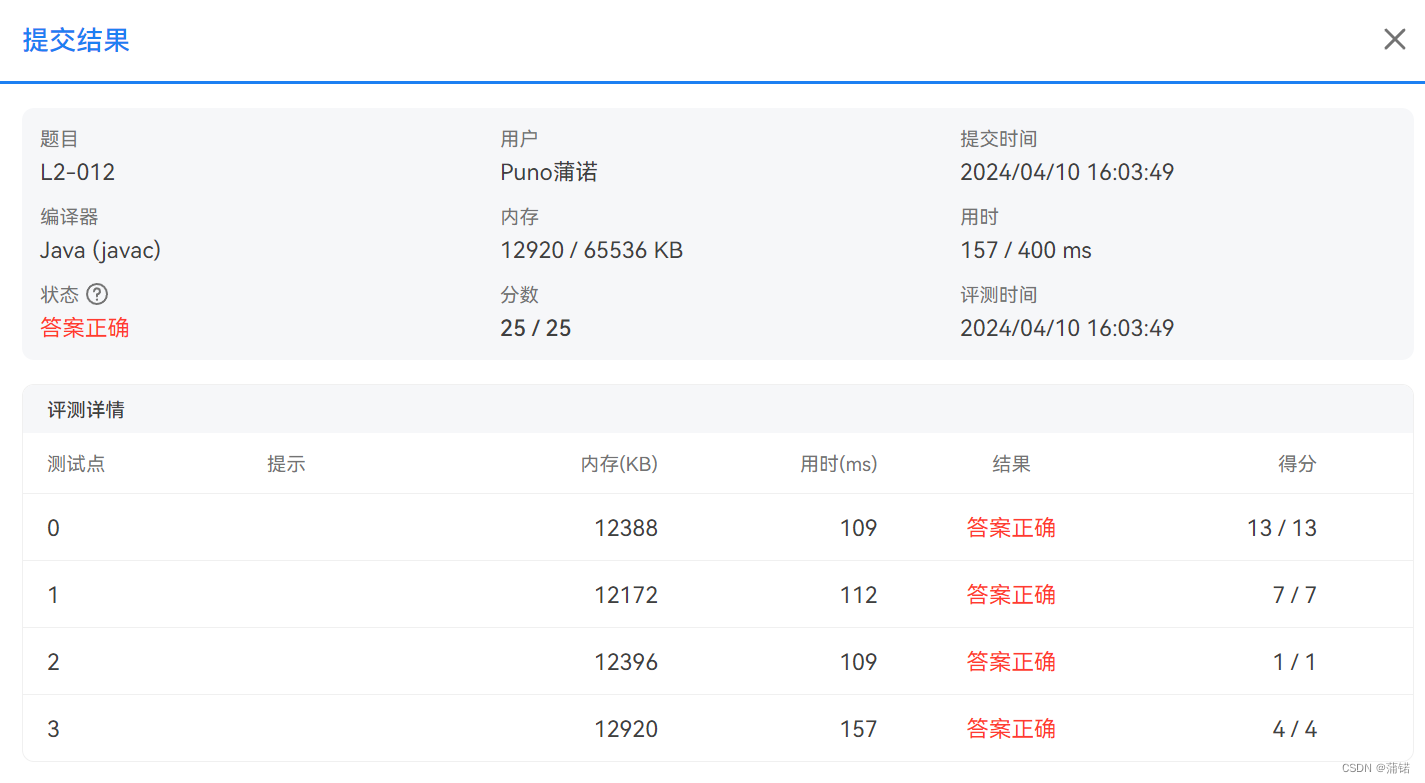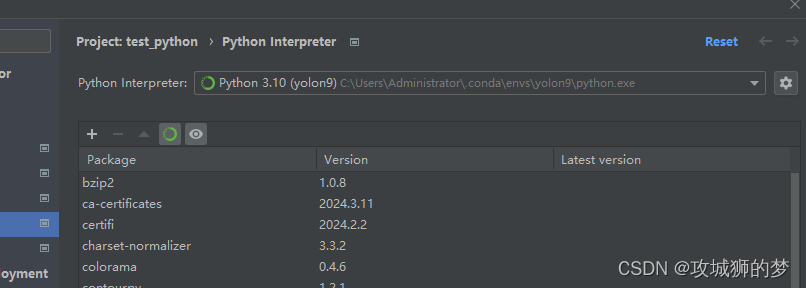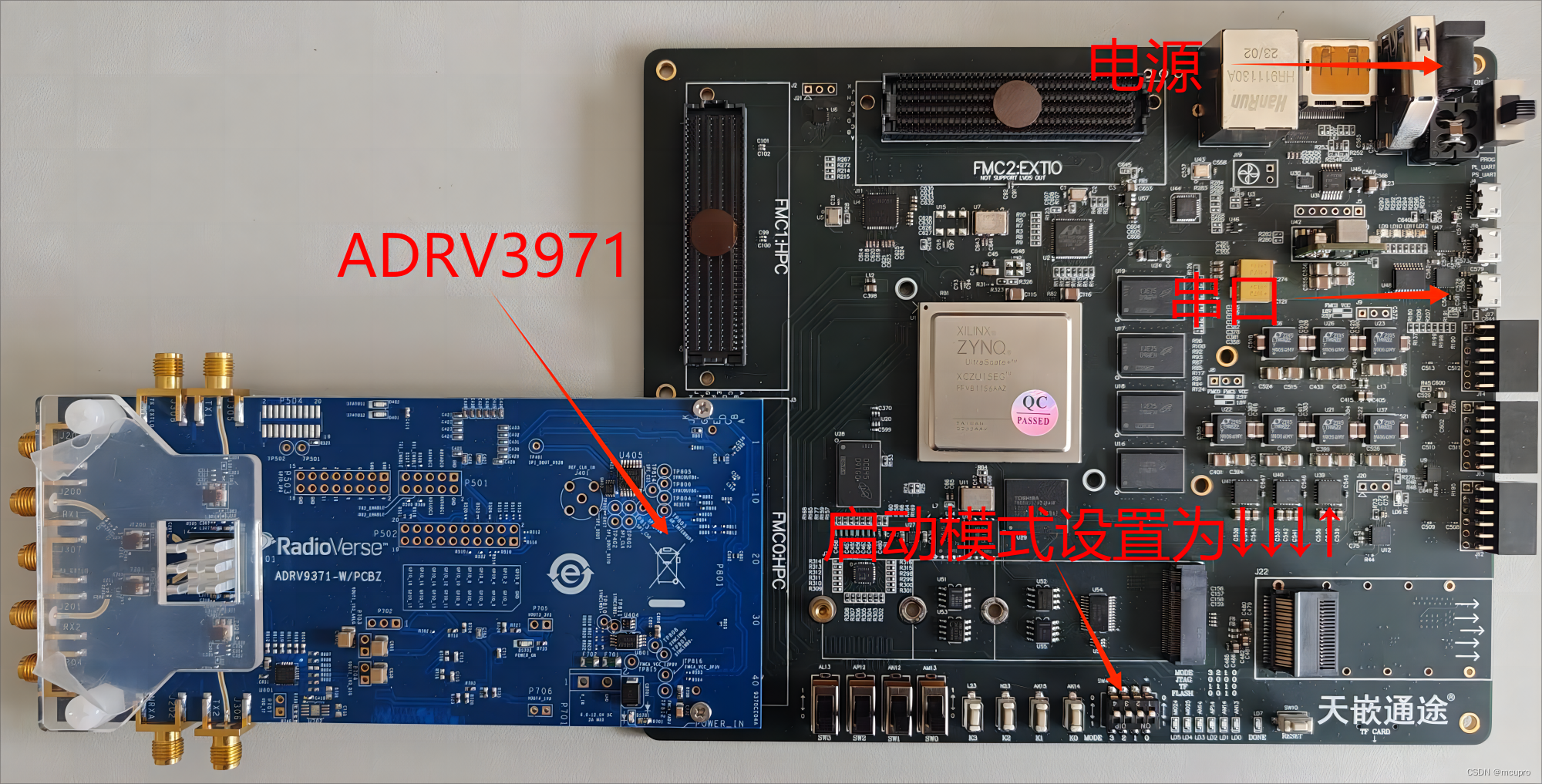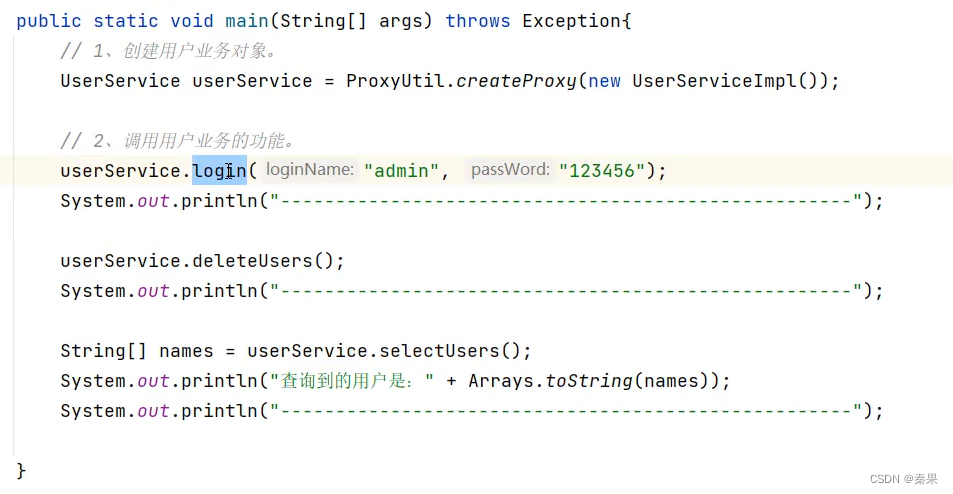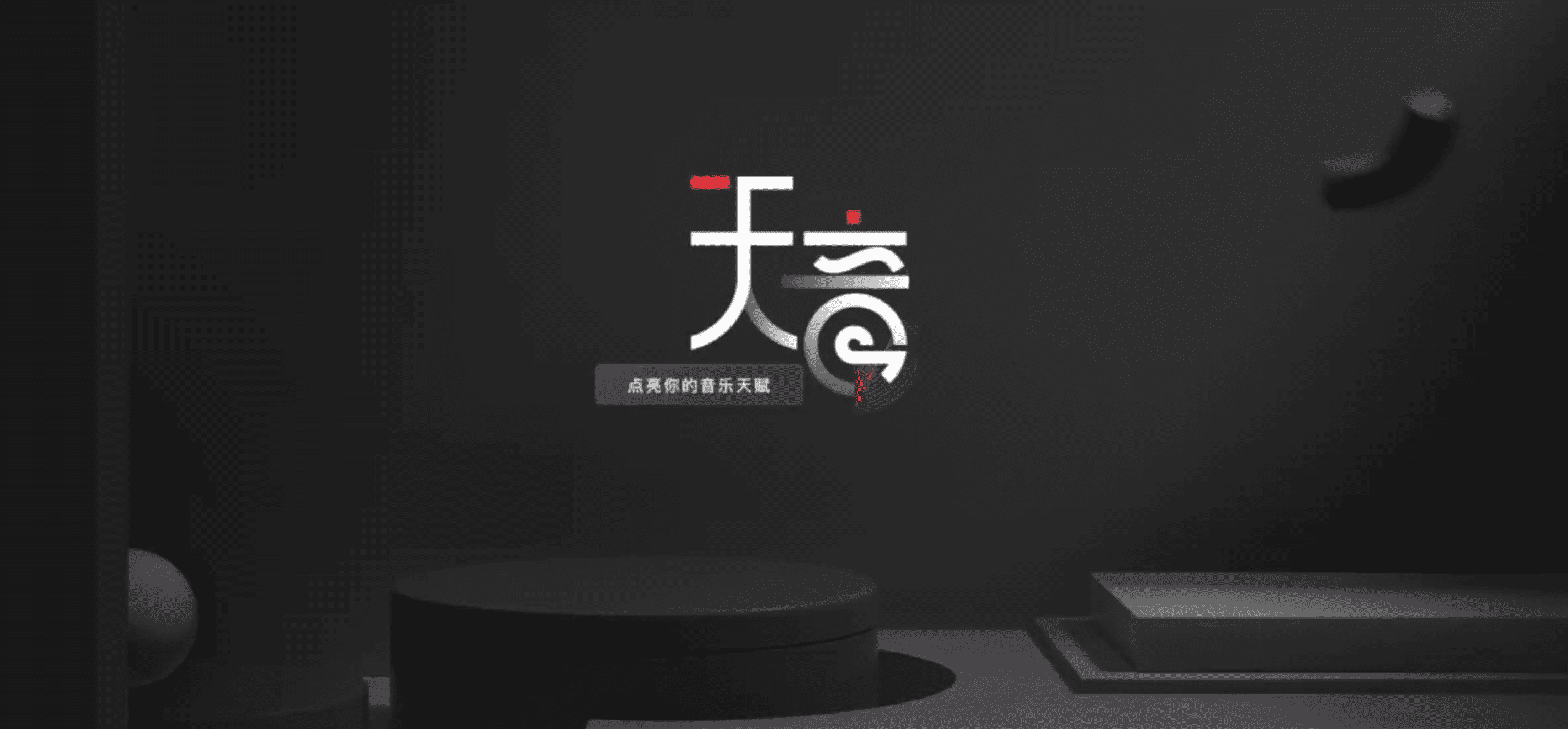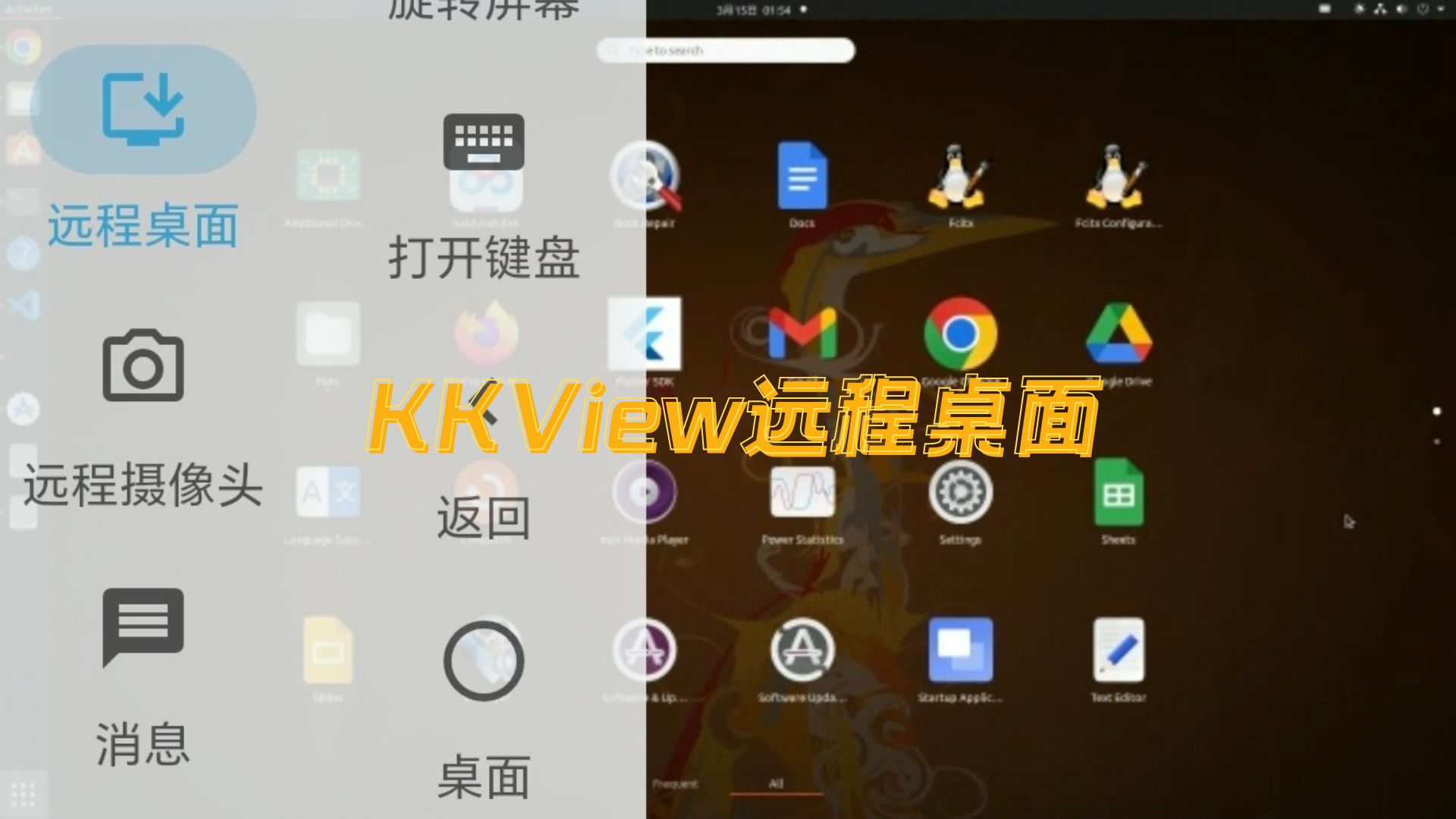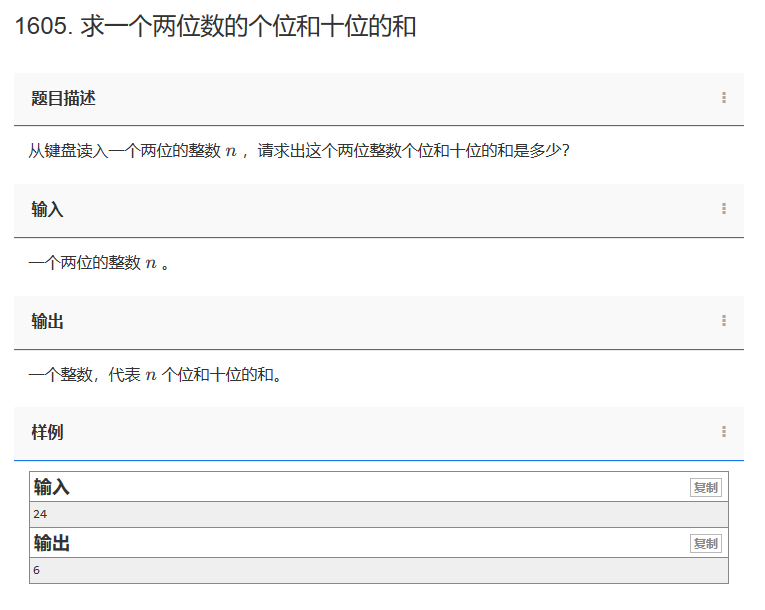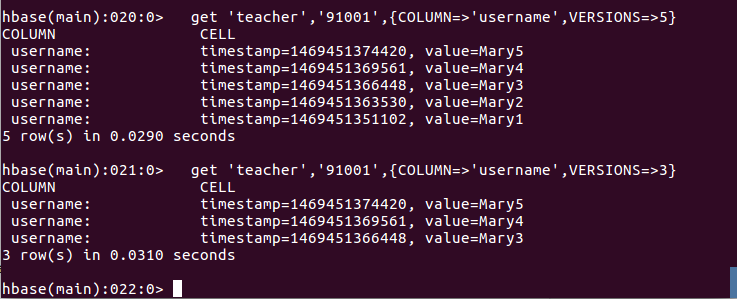
在这个章节中,简单的看下Vue3的基础语法,有了这些基础后,对写vue3单页也就没有什么问题了。
模板语法
在写html时,我们希望在某个节点绑定一个动态值时,是使用dom操作执行的,如下:
<!DOCTYPE html>
<html lang="en">
<head>
<meta charset="UTF-8">
<meta name="viewport" content="width=device-width, initial-scale=1.0">
<title>Document</title>
</head>
<body>
<div class="zh-button"></div>
<div class="zh-button"></div>
<div class="zh-button"></div>
<script>
window.onload = function() {
const buttons = document.querySelectorAll('.zh-button');
for (let button of buttons) {
const spanDom = document.createElement('span');
spanDom.innerHTML = '点击次数:'
const timeDom = document.createElement('span');
timeDom.innerHTML = '0';
const buttonDom = document.createElement('button');
buttonDom.textContent = '按钮';
buttonDom.onclick = function() {
const timeDom = button.querySelectorAll('span')[1];
timeDom.innerHTML = ++timeDom.innerHTML;
}
button.appendChild(spanDom);
button.appendChild(timeDom);
button.appendChild(buttonDom);
}
}
</script>
</body>
</html>
例如这里在点击按钮,利用修改innerHTML的方式,修改展示内容:
buttonDom.onclick = function() {
const timeDom = button.querySelectorAll('span')[1];
timeDom.innerHTML = ++timeDom.innerHTML;
}
那么如何在vue3中是如何实现的呢?
插值指令与Mustache语法
v-html、v-text、Mustache语法
<template>
<div class="box">
<div class="mustache">使用mustache语法: {{ value }}</div>
<div class="html" v-html="'使用v-html:' + value"></div>
<div class="text" v-text="'使用v-text:' + value"></div>
<button @click="() => value = (new Date()).getTime()">改变文本</button>
</div>
</template>
<script setup>
import { ref } from 'vue';
const value = ref('text');
</script>
<style scoped>
</style>
响应式
这里正好也说下响应式的使用,使用ref就好了,至于reactive尽量就不要用了,这样子也不用区分是否需要使用.value了。
绑定属性
既然能动态绑定值,那么自然也能属性。
<div class="bind-id" :id="value" ></div>
语法呢,很简单,在属性前加上:就可以了,值使用变量填充。
类与样式
那么既然都能动态绑定属性值了,改如何写类与样式呢?这里vue3提供了不少的使用方式。
- class
- 绑定对象
- 绑定数组
- 直接在组件上使用
- style
- 绑定对象
- 绑定数组
- 直接在组件上使用
- 自动前缀
<template>
<div class="box">
<h1>class使用</h1>
<div class="class">直接使用</div>
<div :class="{ active: true, disabled: false }">绑定对象</div>
<div :class="['active', 'disabled']">使用数组</div>
<h1>styel使用</h1>
<div style="color: red;">直接使用</div>
<div :style="{ color: 'red', backgroundColor: '#909090' }">绑定对象</div>
<div :style="[{color: 'red'}, { backgroundColor: 'blue' }]">使用数组</div>
</div>
</template>
<script setup>
</script>
<style scoped>
.active { color: red; }
.disabled { background-color: #909090;}
</style>
常用的条件渲染指令
常用的条件渲染指令有v-if、v-show、v-for
v-if、v-show控制元素是否显示,v-for控制列表展示,示例如下:
<h1>条件渲染</h1>
<div class="vif" v-if="false">vif</div>
<div class="vshow" v-show="true">vshow</div>
<div class="vfor" v-for="(item, index) in [0,1,2]" :key="index">{{ item }}</div>
绑定事件
官网的图是这样子的:

v-on可以简写成@
拿点击事件举例,示例如下:
<h1>事件示例</h1>
<div @click="() => { console.log('hello world') }">点击两下</div>
计算属性和监听器就不放在这个模块说了,感觉放在生命周期一起比较好,下面再整体的来看看vue3的组件的基础构成,主要分为三个部分template,script,style,template主要负责提供渲染模板,script负责提供数据、交互方法等,style提供样式。vue3里面也提供了很多语法糖,让写vue3组件不像写原生那么复杂,没事的时候看看官网API,这些基础语法应该很快就能掌握。

